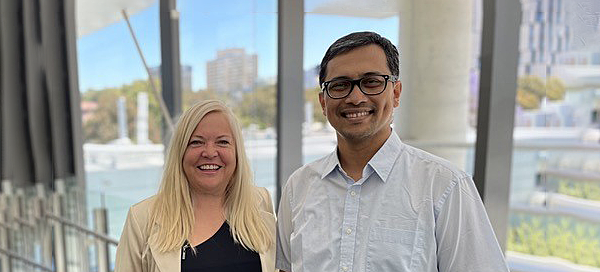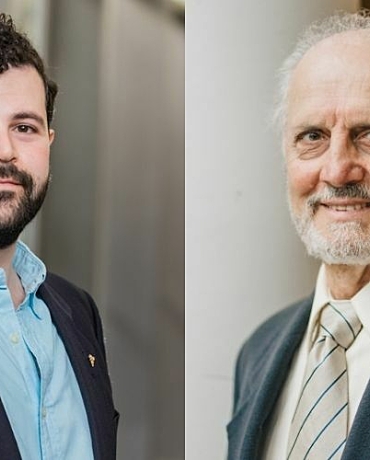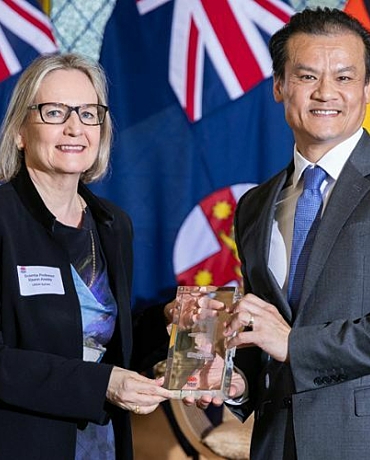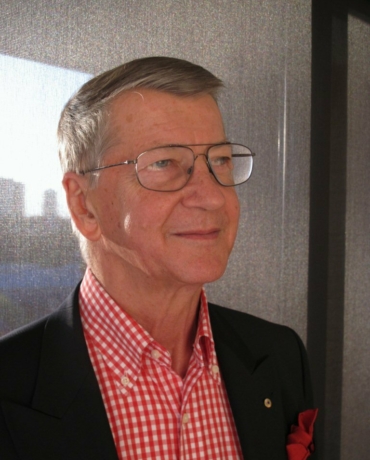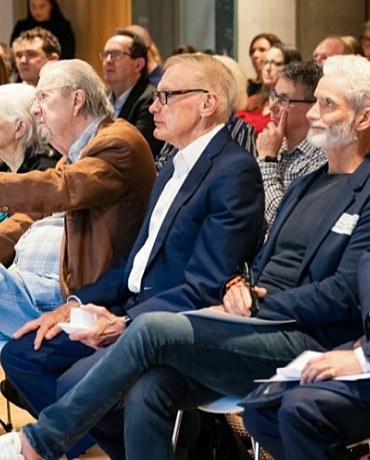Associate Professor Sylvia Gustin and Dr Monzurul Alam from Neuroscience Research Australia (NeuRA) and UNSW Sydney have been announced as the recipients of a prestigious project grant from the Wings for Life Spinal Cord Injury Foundation.
Through this 200,000 Euro grant A/Prof Gustin, Dr Alam and their international collaborators hope to open new diagnostic and therapeutic avenues for people with spinal cord injury.
Expanding our understanding of spinal cord injury
Every year, around the world, between 250,000 and 500,000 people sustain a spinal cord injury (SCI). In most cases, paralysis is caused by acute damage to the spinal cord following a traumatic injury. Nerve fibres are disrupted and nerve cells at and around the site of injury are destroyed.
While complete spinal cord injury (SCI) is associated with a complete loss of mobility or sensation, this clinical diagnosis may not be accurate for everyone in an anatomical or even physiological sense.
A/Prof Gustin has previously shown that 50% of people clinically diagnosed with complete SCI still have surviving spinal sensory nerve fibres – in a study that involved brain imaging while a person with a spinal cord injury’s big toe was touched. Even though they did not feel their toe being touched, she detected a significant signal in 50% of SCI participants in brain areas generating the perception of touch including primary somatosensory cortex. This became the first objective evidence of dis-complete SCI – the idea that many people with spinal cord injuries who cannot feel still have touch information forwarded from the periphery parts of their body to the brain.
“What we’ve found in previous studies is that in people with spinal cord injuries, the signal that reaches the brain is distorted. The brain recognises this signal as noise and not as a touch sensation. What we want to do in this project is teach the brain again that this signal is in fact related to touch,” says A/Prof Gustin.
“We’ll be aiming to do this by combining a new sensorimotor virtual reality training platform for people with spinal cord injury, with non-invasive spinal cord neuromodulation to promote neural plasticity and sensory function.”
A technological solution: The Virtual Reality Walking interface
The Virtual Reality Walking interface has been designed to allow individuals with SCI paraplegia volitional control over virtual legs. A/Prof Gustin and Dr Alam’s proposed intervention will further integrate related haptic, volitional, and embodiment capabilities in combination with spinal transcutaneous electrical stimulation (tES) to simultaneously modulate the functionality of the surviving spinal sensory nerve fibres and enhance somatosensory (touch) signals in the brain in an effort to restore touch perception among individuals with discomplete spinal cord injury.
“By combining spinal transcutaneous electrical stimulation and walking type pressure on the soles of the feet in the real world while at the same time as walking in a virtual world, we’ll explore whether the brain starts to recognise the distorted signal as touch, and if sensation below the level of injury can be restored,” said Dr Alam.
Through this study, researchers are also looking to identify cortical and spinocortical mechanisms that could represent direct targets for discomplete spinal cord injury rehabilitation. They will apply functional magnetic resonance imaging (fMRI) techniques to examine whether neuroimaging markers such as primary somatosensory cortex signal intensity mediate recovery of touch perception.
About the research team
The project will be carried out by an established international collaboration, led out of the Centre for Pain IMPACT at NeuRA and UNSW Sydney
- A/Prof Sylvia Gustin is a leading SCI neuroimaging researcher at NeuRA and UNSW, whose work pioneered fMRI protocols to detect discomplete spinal cord injury.
- Dr Monzurul Alam has previously developed optimised spinal tES methodology to restore sensorimotor function in people with spinal cord injury.
- A/Prof Zina Trost (Virginia Commonwealth University) and Corey Shum (Immersive Experience Laboratories (IXL)) pioneered the haptic elements of SCI-relevant VR technology.
